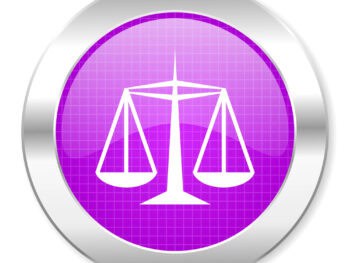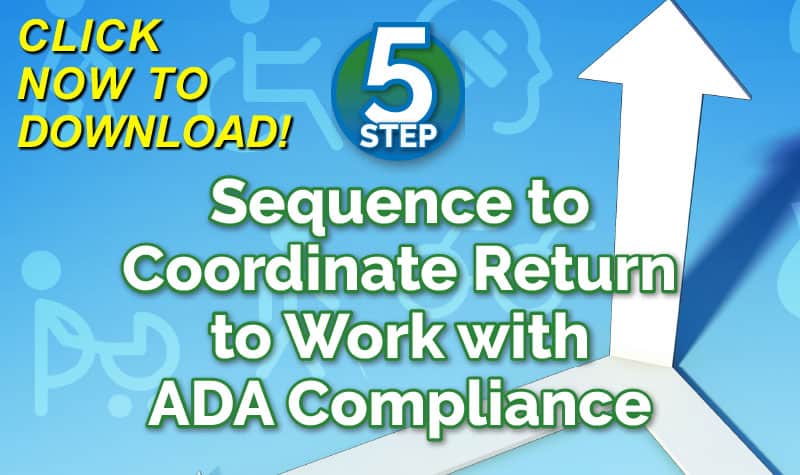
Essential Factors to Consider Regarding the Employee’s Work
Not all jobs are created equal when defending claims of PTD and performing the work by the employee. There are many items to consider when analyzing your possible defenses and anticipating objections the employee may make:
- The earnings of the employee. The amount of money being made is a significant factor when determining if a job is suitable gainful employment.
- The uniqueness of the position. Courts will often look at the work being performed. A job the employee likes that includes interacting with others or customers will have an impact if the work found is “back office” work.
- Consideration of the employee’s emotional needs. Employees working jobs that involve a “creative” component can serve as a barrier if the post-injury work does not bring the same level of satisfaction.
- Work schedule considerations. Anticipate objections from employees forced to change scheduled shifts or the new requirement of weekend hours. It can be argued that this creates a barrier to the employee’s consideration of companionship with a spouse or partner or child care.
- Taxable earnings. Employees’ inability to earn non-taxable fringe benefits can be a stumbling block for stakeholders seeking to defend against a PTD claim. Similar consideration may be given when the employee is determined to work at minimum wages in a “volunteer” capacity.
-
- Nature of work available. In some instances, employees are “working” for an employer only based on the nature of the relationship before the work injury. If a position is only attributable to the personal relationship between the employee and employer, PTD benefits could be compensable.
- Sheltered workshop employment. A sheltered workshop is a place of employment that provides opportunities for people who are developmentally, physically, or mentally impaired. They can also be considered “work on loan” situations where another employer provides work for employees recovering from an injury.
- Consideration of fringe benefits. Courts will also examine the suitableness of employment when an employee is not receiving certain benefits compared to their pre-injury employment.
- Evaluation of earning capacity. Always consider and challenge whether the work of an employee seeking PTD benefits is genuinely representative of their ability to earn. This can include using a vocational expert to review matters and issue an Independent Vocational Evaluation (IVE) relative to these issues.
- Independent Medical Examination: The independent medical examination (IME) is the most common tool to defend these claims. Preparing and timing are essential, along with selecting the right medical expert. Writing the best possible cover letter is also crucial.
- Independent Vocational Evaluation: The IVE is similar to the IME, but it occurs through the use of a vocational expert. Statutes and rules generally do not cover the use of these experts and may present problems for defense interests. Prepare for such evaluation as the one who has the IME.
- Expert and Employee Depositions: Expert depositions are usually used as direct evidence at workers’ compensation hearings. While not always required, they can help your expert elaborate on answers, clarify any points from their report, and rebut evidence submitted by the employee’s attorney. If permissible, the employee’s deposition is also helpful in preparing for a hearing on the merits and drilling down on their testimony.
- Surveillance: Always follows pertinent statutes and rules related to passive and active surveillance. Only use service providers who understand the law governing their conduct and have a proven track record for ethical behavior.
Click Link to Access Free PDF Download
“The 6-Step Process To Determine Workers’ Comp Injury Causation”
Several issues to consider when evaluating a PTD claim, including the employee’s work status.
The Employment Toolbox in PTD Claims
There are four main tools the claim management team can use when investigating, evaluating, and defending PTD claims. These items should be used correctly to avoid spending excessive amounts of money on these matters:
Consider the costs of each of these tools to maximize their effectiveness.
Conclusions
Successfully defending PTD claims requires focusing on the employee’s job search efforts and pre- and post-injury work. Some factors to consider, as well as tools to analyze the strengths and weaknesses of defenses, are available. Now is the time to implement these best practices into the claim-handling process to reduce workers’ compensation program costs.

Contact: mstack@reduceyourworkerscomp.com.
Workers’ Comp Roundup Blog: http://blog.reduceyourworkerscomp.com/
Injury Management Results (IMR) Software: https://imrsoftware.com/
©2024 Amaxx LLC. All rights reserved under International Copyright Law.
Do not use this information without independent verification. All state laws vary. You should consult with your insurance broker, attorney, or qualified professional.








